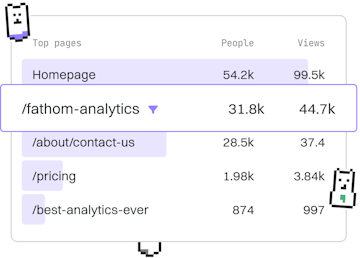Advanced
HTML Custom Elements
Building Custom HTML Elements
HTML custom elements extend HTML via JavaScript, like <my-component>.
Introduction to HTML Custom Elements
HTML Custom Elements allow developers to define new types of HTML elements, enhancing the language's capabilities. By using JavaScript, you can create elements with custom behavior, appearance, and lifecycle callbacks. This feature is part of the Web Components suite, which aims to improve HTML's component-based development.
Creating a Custom Element
To create a custom element, you need to define a class that extends the HTMLElement interface. This class should include a constructor to set up the component, and you can also define lifecycle methods such as connectedCallback and disconnectedCallback. Register the custom element using the customElements.define() method.
Using the Custom Element
Once defined, you can use your custom element like any other HTML tag. Simply include it in your HTML code using its registered name.
Lifecycle Methods of Custom Elements
Custom elements have several lifecycle callbacks that you can use to manage their behavior:
- connectedCallback: Called when the element is added to the document.
- disconnectedCallback: Called when the element is removed from the document.
- attributeChangedCallback: Called when an observed attribute changes.
- adoptedCallback: Called when the element is moved to a new document.
Advanced
- Canvas
- SVG
- Custom Elements
- Data Attributes
- Web Storage
- Geolocation
- Drag and Drop
- Web Workers
- SSE
- Browser Support
- Events
- Previous
- SVG
- Next
- Data Attributes
